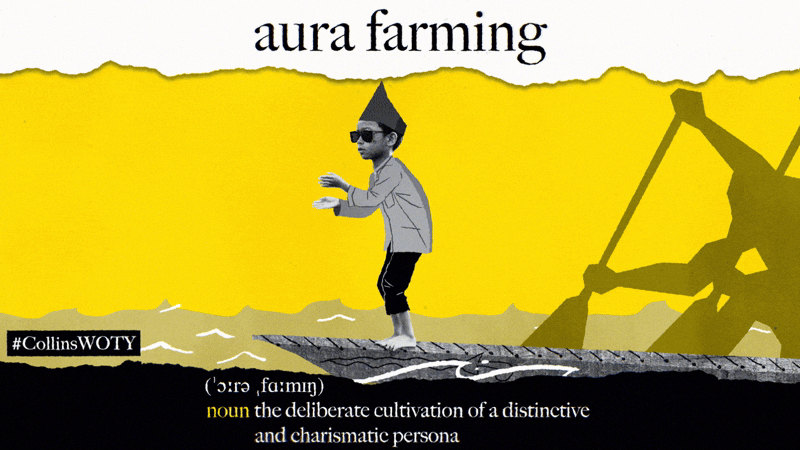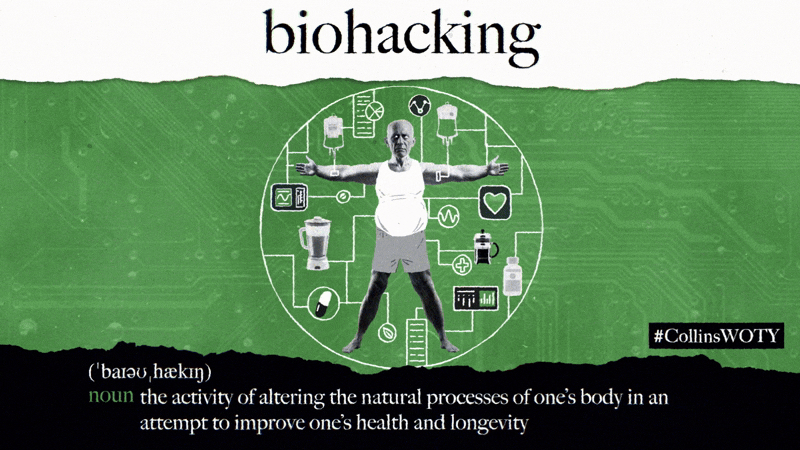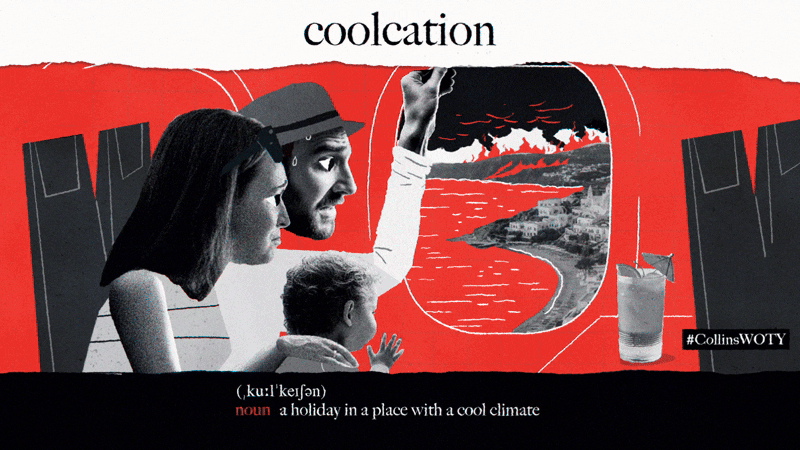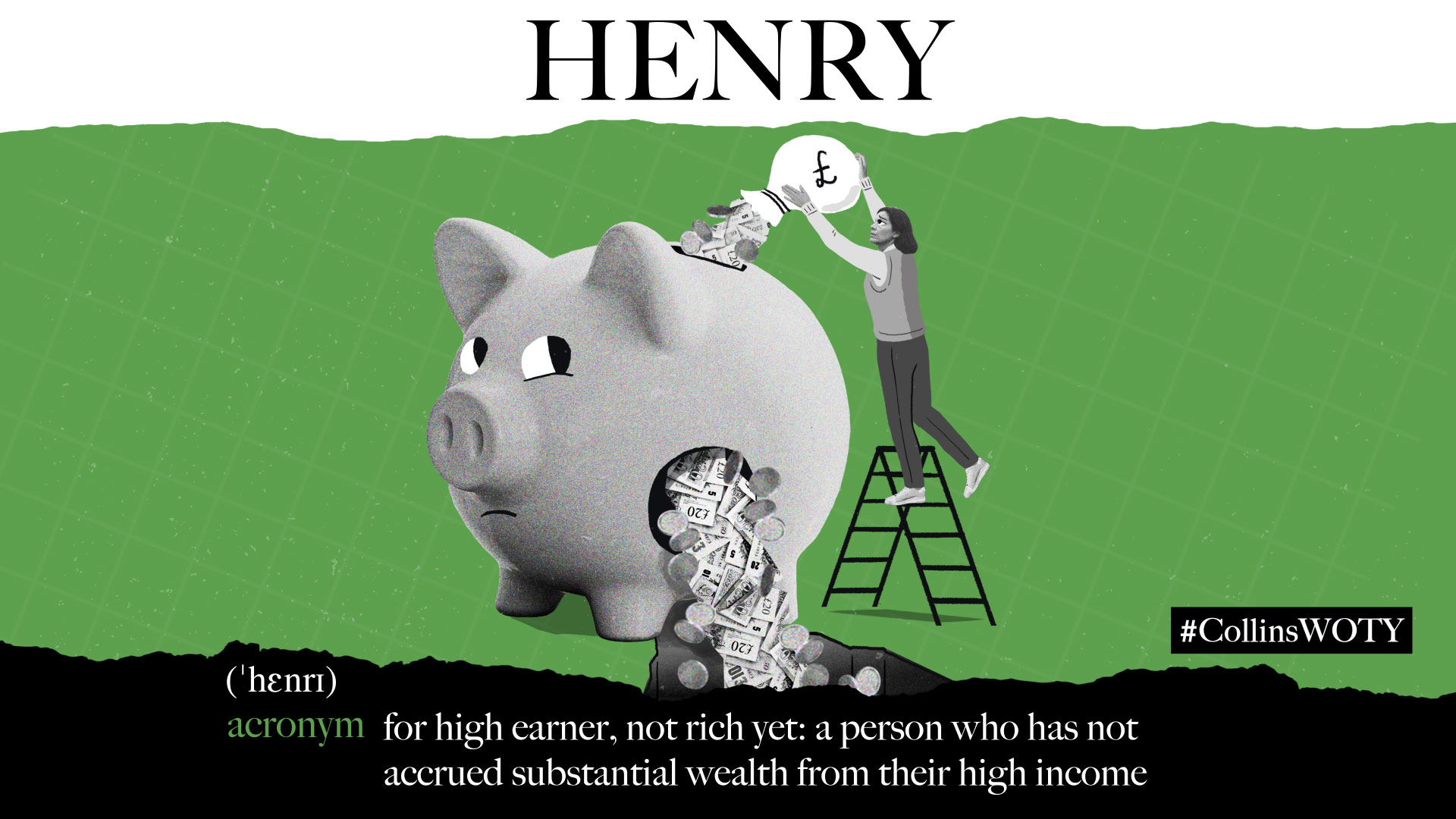Copyright © Françoise Herrmann
Terms competing for the Word of the Year are always at least as interesting as the winner of them all. The Macquarie Dictionary of Australian English shortlisted the following terms competing for the Word of the Year 2025. Supporting Macquarie Dictionary definitions and graphics are also included.
ate (and left no crumbs) – To perform or execute something flawlessly.
 |
| © Macquarie Dictionary |
Australian sushi – Any of various thick, uncut sushi rolls with the nori wrapped around the filling in order to be eaten by hand.
 |
| © Macquarie Dictionary |
BAL rating – A system of assessing a building’s potential exposure to ember attack, radiant heat, and direct flame of a bush fire.
 |
| © Macquarie Dictionary |
bathroom camping – The act of isolating oneself in a bathroom or bathroom cubicle for a period of time, to seek solitude, avoid work, or regulate emotions.
 |
| © Macquarie Dictionary |
bird-dogging – The act of confronting a politician at a public event with direct questions or issues, aiming to bring attention to a special issue.
 |
| © Macquarie Dictionary |
blind box – A type of mystery box which contains an unseen collectible toy or figurine.
 |
| © Macquarie Dictionary |
femgore – A subgenre of horror in which female protagonists are given agency over the narrative, and while still victimized, objectified or exploited to an extent, are not passive.
 |
| © Macquarie Dictionary |
Ozempic face – A condition resulting from the use of a semaglutide drug, characterized by the wrinkling and sagging of the face due to rapid weight loss.
 |
| © Macquarie Dictionary |
quadball – The new name for a real-life quidditch, where the aim is to score by putting a ball through any of three vertical hoops at the end of the field.
 |
| © Macquarie Dictionary |
Roman Empire – Any of various events, interests, subjects, etc., that one finds themselves frequently thinking about, especially one considered unusual.
 |
| © Macquarie Dictionary |
Six-Seven – A nonsense expression in which each hand is held out to the side with palms facing up, alternatively moving each up and down as if comparing weights. Also 6,7.
 |
| © Macquarie Dictionary |
References
Macquarie Dictionary
https://www.macquariedictionary.com.au/?time=1765148169657
The Macquarie Dictionary Committee (Nov. 24, 2025). Macquarie Dictionary Word of the Year for 2025.
https://www.macquariedictionary.com.au/macquarie-dictionary-word-of-the-year-for-2025/










































.png)
.jpg)
.jpg)
.jpg)